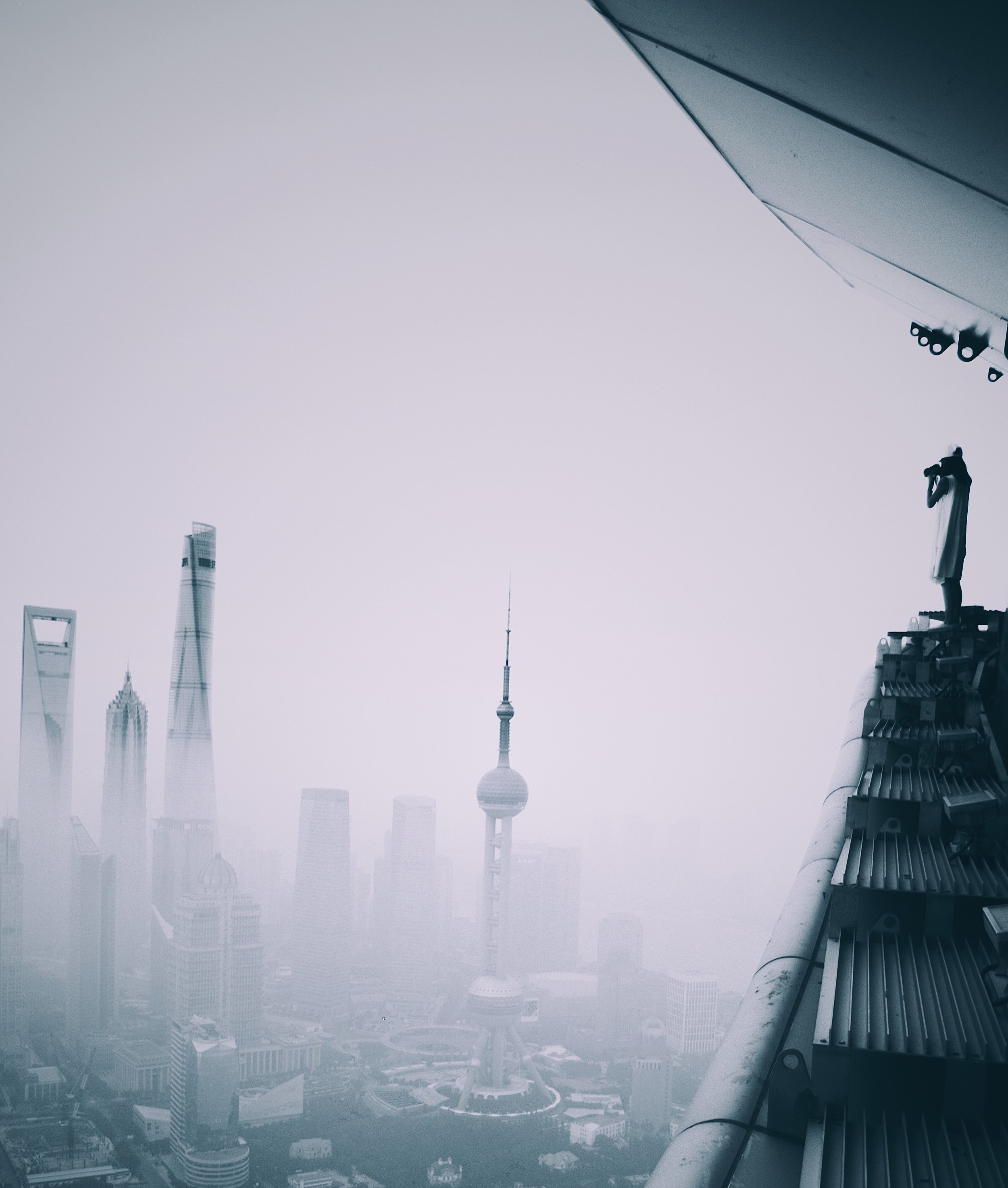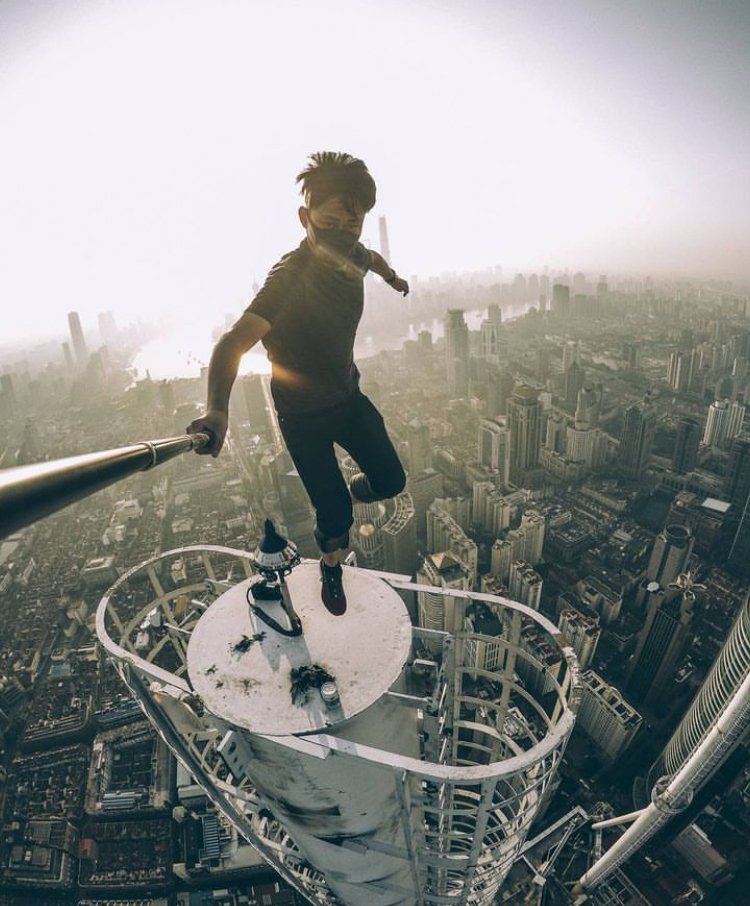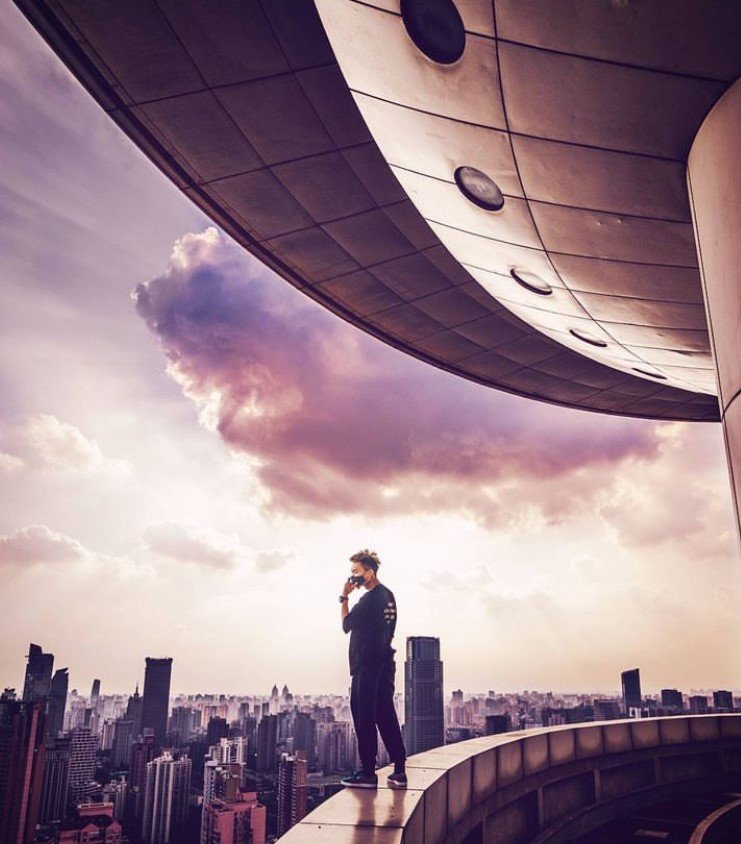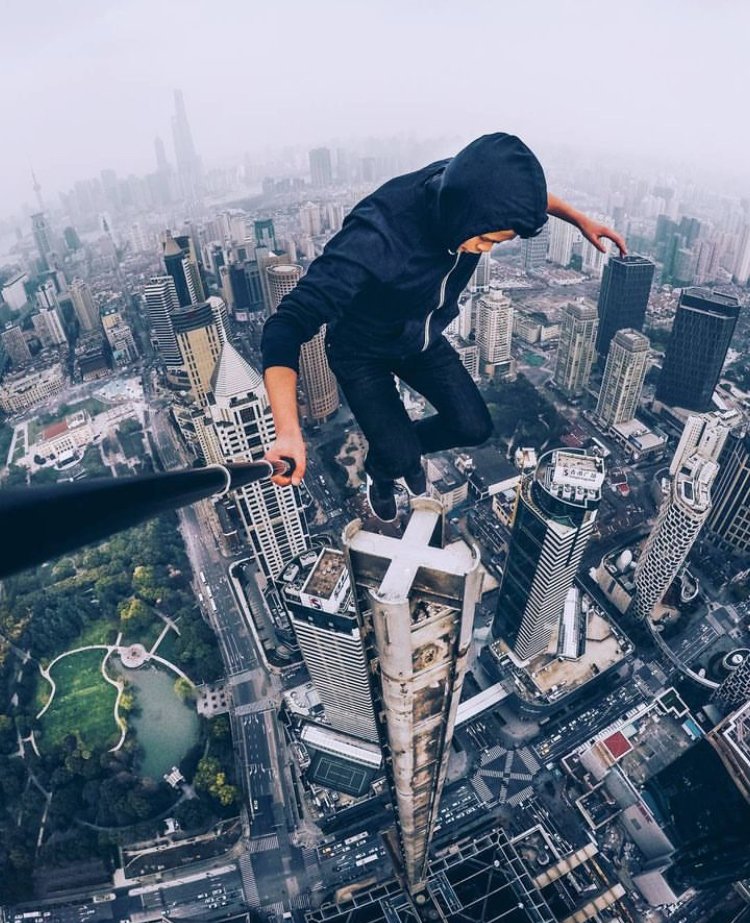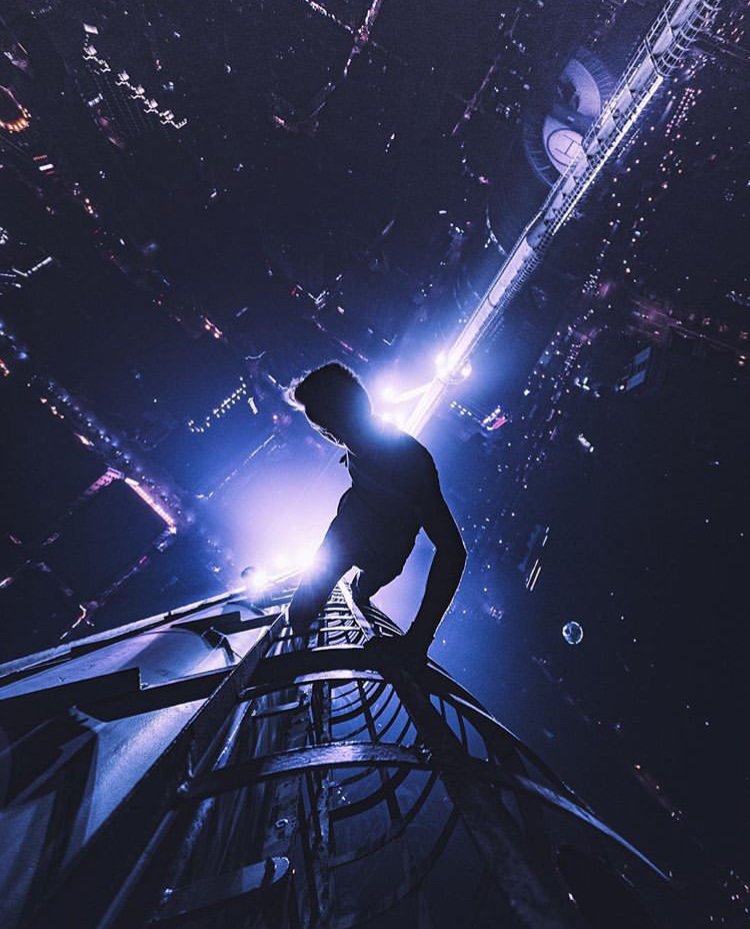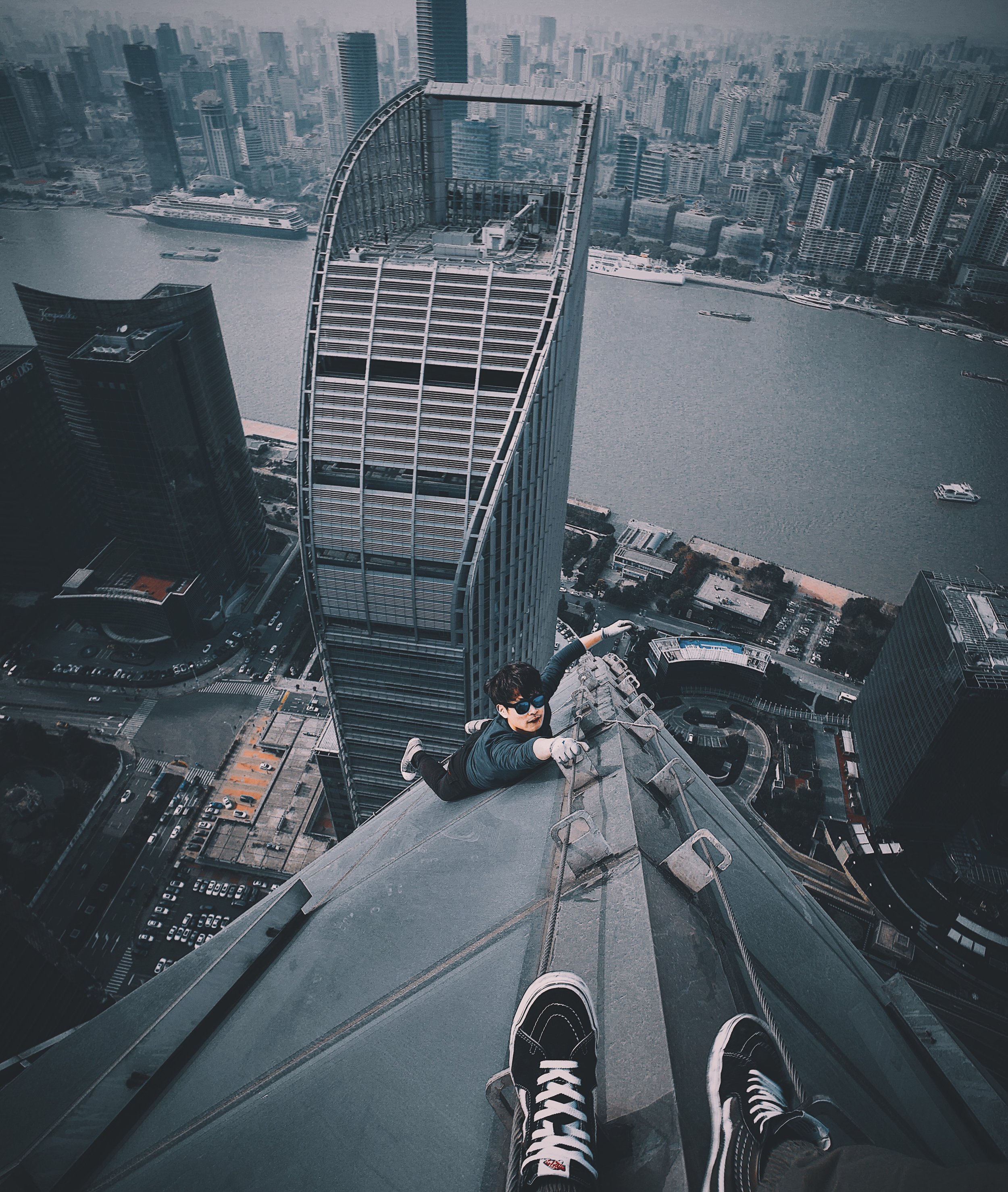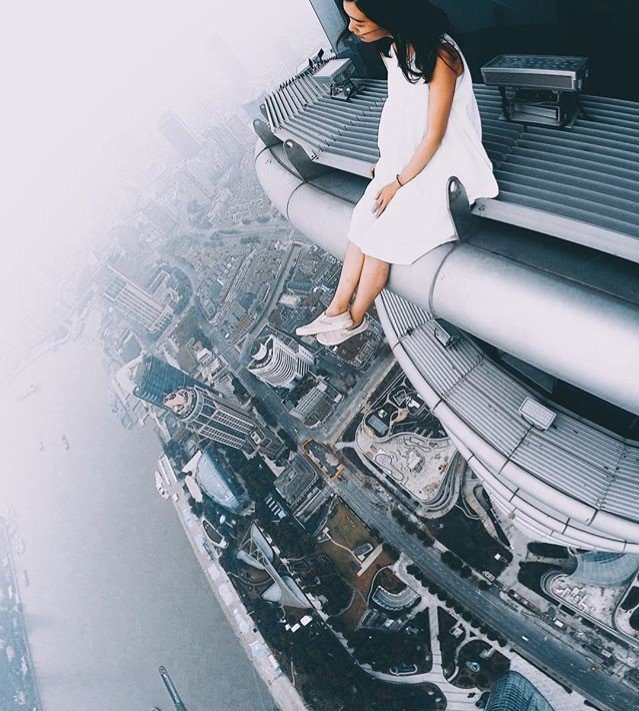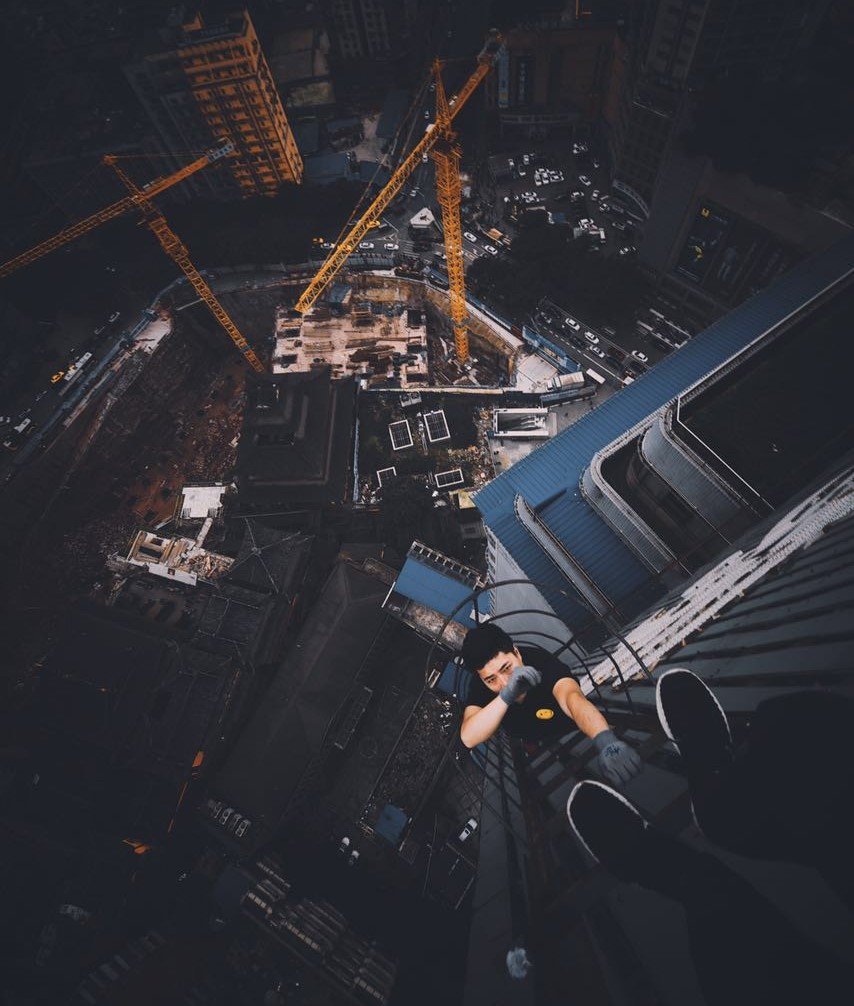“Diane is a dream to work with. Not only is she a fantastically inventive and compelling writer but the speed and ability with which she was able to adapt her style to suit the show was exceptional.” Richard MacLean Smith, Executive Producer (The Unexplained Podcast)
Radio and Podcast Scripts
Unexplained
Sometimes eerie, sometimes strange, sometimes terrifying. Each episode in this haunting series of stories explores a different unexplained mystery - often to terrifying effect. Take an atmospheric journey through the strange and eerie, with everything from bizarre tales of supposed time-slips, vanishings and UFOs to chilling unexplained deaths and dabblings in the occult.
Here are some of the episodes I’ve researched and written:
Season 8
Murder Most Fowl - the killing of Kathleen Petersen. Did an owl do it? https://www.unexplainedpodcast.com/episodes/2025/5/2/season-08-episode-28-oh-steel-thy-sweetheart-woman
The Huang Yanqui Incident - did a Chinese peasant farmer really travel vast distances in his sleep? https://www.unexplainedpodcast.com/episodes/2025/2/14/season-8-episode-20-i-wake-up-dreaming
The Mongolian Death Worm - real life version of a ‘Dune-style’ spice worm? https://www.unexplainedpodcast.com/episodes/2024/9/6/season-8-episode-01-may-their-passage-cleanse-the-world
Season 7
Photo by Charles W. Wycliffe - enhanced at the Jet Propulsion Lab, 1972
Under Black Water - the search for the Loch Ness monster
Part 1 - Magicians, Fishermen & Fakery: https://www.unexplainedpodcast.com/episodes/2023/8/18/season-07-episode-03-under-black-water-pt1-of-2
Part 2 - Sonar, Sir Peter Scott & DNA https://www.unexplainedpodcast.com/episodes/2023/8/25/season-07-episode-03-under-black-water-pt2-of-2
Jumpin’ Jacks - the strange pre-Victorian urban legend of Spring-heeled Jack … just what … or who … was he? https://www.unexplainedpodcast.com/episodes/2023/9/7/season-07-episode-05-jumpin-jacks
The ‘Beast of Bray Road’, sketch by Linda Godfrey
American Werewolf - the Beast of Bray Road: https://www.unexplainedpodcast.com/episodes/2023/5/5/season-6-episode-33-an-american-werewolf-in-america
TRUE SPIES
An eclectic mix of stories past and present, told by the real spies behind some of the world’s greatest operations. What secrets did they know? What were their skills? And what would YOU do if you were in their position? Narrated by Vanessa Kirby
The Mole - Episode 94: North Korea is a danger zone even for seasoned spies but for Ulrich Larsen - a chef with no military or espionage training - there was the very real possibility that if he visited Pyongyang undercover, he might not make it out alive. Still, the Danish cook was determined to expose Korea’s illegal arms trade, so Ulrich set out with a video camera, a cover story as a billionaire’s chef, and a travel visa to the most dangerous place on earth.
https://spyscape.com/podcast/the-mole
The War Driver - Episode 81: Matt Devost is a hacker for hire, doing work for the good guys and helping companies secure their digital environment. Matt thought he'd seen it all but when a corporate client reported extortionate emails from an unknown aggressor, Matt needed to test the limits of his considerable skills and step out from behind the keyboard.
For a list of my scientific research publications - click here
LATEST Articles
Deep into the Kuiper Belt, New Horizons is still doing science
Ars Technica feature article 12/12/2023
Now more than a billion miles beyond Pluto, which the spacecraft was designed to study, the spacecraft’s instruments are now being creatively repurposed for more innovative planetary geology, along with heliophysics and astrophysics research.
MOTus Bird migration tracking…
… and a cuckoo called Hummus. For Earth Notes (KNAU Arizona Public Radio) 9/12/2023
https://www.knau.org/knau-and-arizona-news/2023-09-20/earth-notes-motus-bird-migration-tracking
Like humans on a long road trip..
..migrating birds need spots to rest and refuel on their extraordinary journeys. The Motus Wildlife Tracking System is an international collaborative tracking network to understand bird migrations and movements. And soon, thanks to the Northern Arizona Audubon Society, that network will have two tracking stations in northern Arizona.
Motus, from the Latin word for movement, involves tagging birds with tiny radio transmitters. When a radio-tagged bird flies within 9 to 12 miles of a Motus tracking station antenna, it ‘pings’ a detector and is recorded on the project’s open access database. One of the new stations will be on Anderson Mesa, a globally recognized Important Bird Area. The second will be on Rancho Tres Brisas in the Verde Valley, joining four Motus sites in central-southern Arizona which are already yielding important results. In August a Motus antenna in southeastern Arizona detected a federally threatened species, the Yellow-billed Cuckoo, a bird with a long showy tail. The bird had been fitted with a transmitter earlier this summer in Kern County, California. Motus data show that the cuckoo, nicknamed Hummus, had already traveled 900 miles, via at least six different wildlife preserves on its way to South America.
Knowing the migration routes of birds like Hummus will give insights into strategic habitat protection for this and many other imperiled migrant species.
MOre examples of my KNAU - Earth notes
Earth Notes, KNAU’s weekly environmental series, explores the human and environmental treasures of the Colorado Plateau, telling stories of the intricate relationships between environmental issues, daily life. It explores the culture of the ancient peoples who have called this land of sun-baked deserts and lush mountain landscapes home for centuries.
Rooted in science and wrapped in human interest, I have written many two-minute-long scripts - aimed at encapsulating unique stories, enagaging and educating listeners, and fostering hope for the future of this precious environment: https://www.knau.org/people/diane-hope
Here are some of my favourite stories:
Diné Pictorial Weaving
Well-digging Burros
American Kestrel Project
The Sex Life of Wild Tobacco
The Mars Desert
Research Station
MORE Writing samples…
Atlas Obscura
By Diane Hope - MARCH 24, 2017 https://www.atlasobscura.com/articles/shanghai-rooftop-highrise-photos
Shanghai’s Daring ‘Rooftoppers’ Are Taking Urban Exploration to New Heights. But a local crackdown on building access is making expeditions more difficult…
Photography Instagram: @cocoanext and @roofercyril
Do you know how many lightning rods you can climb in Shanghai? The answer is 23. Of course, there are many more for us yet to discover.”
That text accompanies the above Instagram post from user @cocoanext—one of a ballsy group of Shanghai-based “rooftopper” photographers. His images often show a smog-masked figure, sometimes with a selfie stick in hand, on top of a spire less than a foot wide or similarly seemingly impossible location. The backdrops feature vast panoramas of high-rise buildings, the wide angle splaying their roof tops like grass stalks bending in the wind.
The term “roof topping”—coined in the 2005 urban exploration manual Access All Areas—involves accessing rooftops and other high vantage points of metropolises around the world. Its popularity began soaring around 2011 with the ascent of social media platforms, particularly Instagram. In China the roofer community is relatively small compared to Western cities, with only about 30-40 people. But in a country sprouting new crops of tall buildings every year, the art has reached new heights. Shanghai is an obvious mecca, with a building program so massive that the city is sinking at around two centimeters—over three-fourths of an inch—per year due to the weight of all the new glass, steel and concrete goliaths. And it’s produced a whole new terra incognita of rooftops to explore, otherwise known only to the construction workers who built them.
In contrast to urban aerial images captured using drones, roof-topper photography exudes a sense of sheer elation at being there. Images often feature a lone figure on a spire, crane boom or precipitous ledge peering into the urban abyss. A tiny human exclamation point in response to the sheer immensity of the vista. In one night shot a cyber punky figure climbs a narrow spire above an urban canyon backlit by the street level glow. It’s like an illustrated cover for an Isaac Asimov novel—except that it’s breathtakingly real.
Foregrounds may feature a pair of trouser legs and sneakers hanging nonchalantly over a dizzying drop, reminding you that someone actually managed to climb up there and hold the camera steady—as well as revealing the photographer’s taste in footwear. Sometimes the climbing feats captured are even scarier—like cocoanext’s photo of a mirror-shaded climber clinging one-handed to a thick metal cable on the roof. The images are rich fodder for hungry social media platforms and every week, tens of thousands of followers vicariously enjoy these vertiginous visions on their smartphones.
The core of Shanghai’s roofer community is made up of small, close-knit groups of two to three people, often posting on social media platforms via pseudonyms. Like several of them, cocoanext came to roof topping from the visual arts. “I was a photographer before I started urban exploring, but I was only doing portraits,” he says. “Then two years ago I came across some photos by blackstationwang, a local Shanghainese architecture photographer.”
Since then cocoanext says he’s been inspired to explore the city from a whole new perspective with his team mate roofercyril. On occasion he shoots with a couple of other prominent Shanghai rooftop photographers, panvelvet and jenniferbin. “We don’t have an organization or anything like that, but we have our own social circle.”
Toronto-born Bin works in Shanghai as a UI/UE designer. Reputedly one of the most followed Instagrammers in China, she’s renowned for her bright pink hair and dazzling, sci-fi fandom-infused futuristic posts. This past winter Bin spent over 10 cold overnight hours on a rooftop expedition near the Bund—Shanghai’s waterfront area—with two teammates, waiting for the sun to rise. “As the sky became brighter, we were rewarded with low fog following along the river and the sun inching up in the sky.”
Instagram: @jenniferbin - night shot and @cocoanext - climbing
With such premium views usually only accessible to an ultra-wealthy penthouse elite, roofers like Bin feel that they’re liberating these views for wider enjoyment. That takes nerves of steel. Reporting for That’s Shanghai, journalist Dominic Ngai tagged along on one of their excursions only to find his legs shaking uncontrollably. The height didn’t seem to bother the experienced photographers he was with—“it’s become part of their lives,” he wrote.
Extreme tenacity is another roofer prerequisite. It took cocoanext 13 attempts to make it onto his current favorite Shanghai rooftop, the Royal Meridien Hotel. Why go to all that trouble? “The coolest thing about it are its two spires which are the tallest in Shanghai,” he says. “To accomplish something like this is thrilling and full of surprises as well as danger.” The GoPro selfie he took on the Royal Meridien’s lightning rod is his most prized shot so far. ”I waited for a whole year for the opportunity to take that photo,” he says. “It is extremely hard to get on that roof, and the possibility of a successful mission is extremely low … therefore the moment that I finally made it was unforgettable.” Cocoanext is always in search of fresh locations—once he’s posted a new image, other people try to find the place and photograph there, too.
Photos by @cocoanext who says roof top photography is “… thrilling and full of surprises, as well as danger”
Despite the obvious dangers, increased social media exposure and copycat activity have increased the numbers of people attempting to access roofs in Shanghai over the past year, and since October 2016 a lot of the coveted locations have been locked and closed down. Cocoanext says that he’s already photographed at most of these sites, so it’s only “inconvenient” when he’s asked to shoot from specific spots for a client. He visits other cities with active high-rise construction like Chongqing from time to time, but avoids cities like Guangzhou and Shenzhen where a lot of people have already photographed. “They feel like tourist sites,” he says. “To take photos from perspectives that dozens of other people have already used, that’s just really boring and uncreative.”
Instagram: @cocoanext - surveying Shanghai from one of its highest rooftops




















